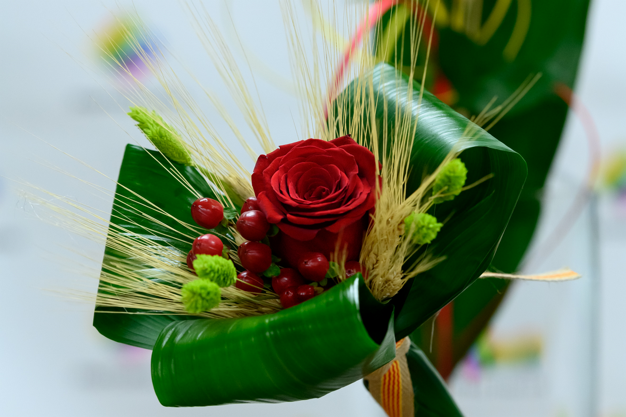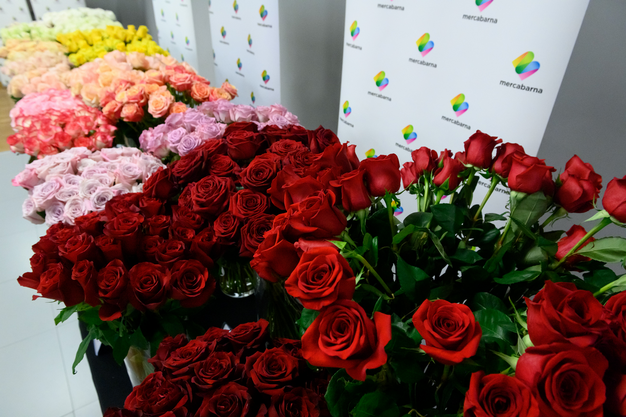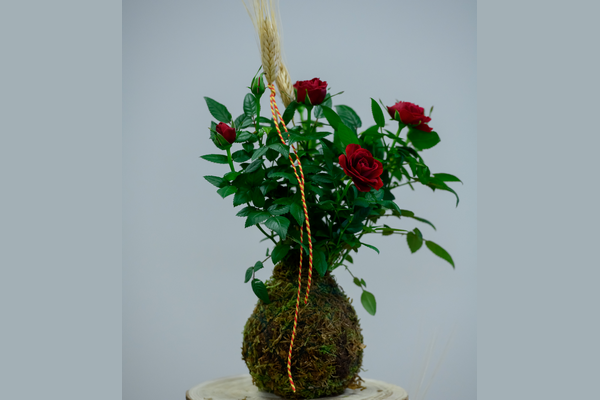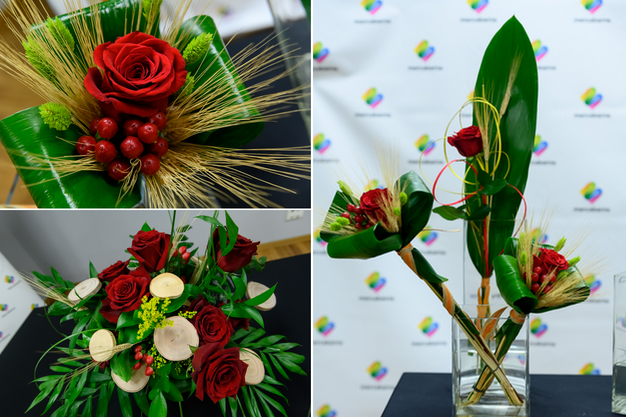On 23 April, the streets of Catalan cities and villages are full of books and roses as the Spanish region celebrates Sant Jordi. "Sant Jordi is very important for us, everyone is waiting for this day, it's one of the busiest days in the market," says Diana Sumelzo, manager of Mercabarna-Flor, a wholesale flower market in Barcelona. Sant Jordi is a Catalan festival full of traditions: men have to give at least one red rose to important women in their life while women offer books to men. Although traditions remain, Sumelzo noticed that they are also slightly evolving. In this article she shares how Sant Jordi has been for her company and which changes she is observing.

"A busy but very good year": good weather, increased sales
Sumelzo points out that this year's Sant Jordi went well as both the weather and sales were better than expected, saying: "Sant Jordi books and flowers are mainly sold on the streets so everyone was looking at the weather forecast. The day before Sant Jordi was quite rainy so people were a bit scared, but in the end it was good. We don't have the final statistics but it seems that we sold about 5-10% more roses this year. Probably this is because last year's Sant Jordi was celebrated on a Sunday in the first year after the pandemic. On Sunday, many businesses are closed and people went out for the weekend outside Catalonia, resulting in less flower sales. To the contrary, this year, Sant Jordi was celebrated on a working day. On working days wholesalers and retailers in the flower sector also benefit from companies that buy roses for their female employees."

Roses at the Mercabarna flower Market in Barcelona, Spain
Although Sant Jordi is a Catalan festival, most of the roses are not from Catalan origin, Sumelzo explains why: "The majority of the roses are imported because the Spanish industry is not big enough. When a producer retires, it's difficult to find someone who continues the business. In Catalonia, there's only one plant producer left. Most of those roses are imported from Colombia and Ecuador, but also from the Netherlands." According to Sumelzo, a large part of these imported roses were prepared and sold at the Mercabarna-flor flower market in Barcelona. "Sant Jordi is one of the busiest days at our market: all flowers need to be here in time, in addition they also need to be wrapped. Further, it's our mission to ensure that we meet all the needs of our wholesalers and anyone else who's involved in the sector. During this year's Sant Jordi about 7 million roses were sold in Catalonia, about 30% of these roses were sold at Mercabarna-flor. In other words, we can conclude that this was a busy but very good year."
Gradual change
Red roses are a tradition during Sant Jordi, however, Sumelzo finds that the industry also tries to introduce other flowers and sustainable packaging: "This holiday is about roses, mainly red roses. About 80% of the roses are red, the other 20% consists of yellow, pink and white roses. It's difficult to change a tradition: last year wholesalers introduced other colors and miniature rose plants (in red but also different colors). However, most people continued to buy the red roses. Nevertheless, I think that the miniature rose plants may become more popular in the future, partly because you can keep them way longer than cut-roses. It's not part of the tradition, but I saw that more people sold these rose plants than in previous years.

Kokedamas are being offered as Sant Jordi gifts. Kokedama roses have received a treatment which makes them last longer.
Today, we see a clear trend towards more sustainable wrapping. In Catalonia, it's tradition to give a rose with a wheat spike in a wrapping. Plastic and synthetic wrappers used to be very common, but nowadays organic and ecological wrappings are increasingly used. Think of wrappings of wood and flower leaves. Although flowers in sustainable wrapping are more expensive, we see a growing demand for this kind of wrapping. Due to this growing demand, the prices for sustainable wrappings have also become more competitive over the years. I think we can say that this trend is increasing and consolidating. At Mercabarna-flor we support this trend, we encourage our wholesalers to have sustainable products. I expect that Sant Jordi will become more sustainable in the future, the transition to sustainable wrappings will be a gradual one, it will go step by step."

Santi Jordi roses with natural elements only

For more information:
Mercabarna-flor
www.mercabarna.es










